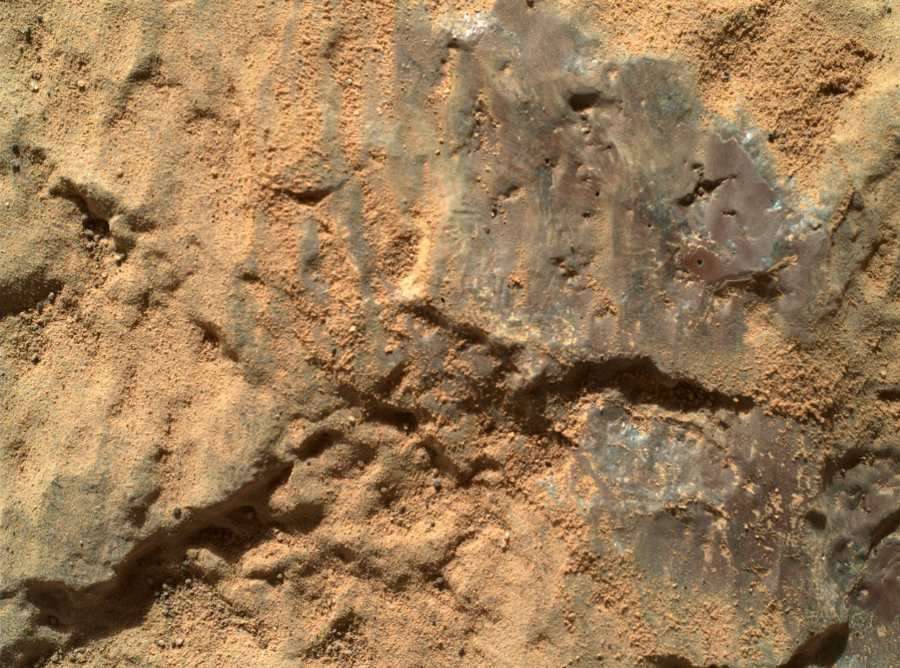Watch the Path of a Raindrop From Anywhere in the World
The USGS data-based tool "River Runner Global" allows one to see the path a raindrop takes to the sea from any single point on the earth.

A presentation on data gathered from the Perseverance rover is trying to explain the ubiquitous coatings of unknown, dark grey, almost purple material on Martian rocks.
Having been observed everywhere the rover has trundled, more details on the coating's composition could come with clues about Mars' past, including whether it hosted microbial life.
On Earth, rock coatings, called varnishes, tend to be excellent places to find unusual microbes like cyanobacteria. The nooks and crannies of the surface of a stone are havens if you're a microbe, and often offer moisture and shelter. Some species have even been known to metabolize minerals like manganese on the surface of rocks in order to create a coating to protect themselves from UV-rich sunlight.
A study in South Tryol, Italy, found 55 species of bacteria living under rock varnishes in five sample locations, all of which were rich in iron and manganese.
On Mars, the Perseverance rover's science kit has researchers believing the near-purple coating found everywhere in Jezero Crater is rich in iron.
The rover's laser-breakdown-induced spectroscopy tool blasts rock with laser beams until bits of it explode, and then measures the elemental composition of the gas created.

Microphones can also measure the "clack" sound of the rocks when they break, with softer sounds indicating softer rock.
While this tool didn't detect any manganese in the Jezero samples, other samples taken in Gale Crater with a similar tool aboard the Curiosity rover, did; findings which were also published as an investigation into "rock coatings."
The samples which Perseverance took auditorily pointed to the coating being separate from the rocks below, and the spectroscopy found iron-oxides and hydrogen; in other words, rust.
The presence of hydrogen would suggest that water played a role in the coating's creation, but the rover is currently investigating old solidified magma and isn't really anywhere near the lake sediments of Jezero.
It's a mystery that requires more investigation, and maybe before the end of the mission Perseverance will come across varnishes with both iron and manganese like the Italian ones.
But for now the rover has been caching samples in tubes for its future return to Earth. Scientists are hoping the purple coatings can survive the journey intact enough to be studied in a proper laboratory.
SHARE This Far Out Story With All Your Pals…
Be the first to comment